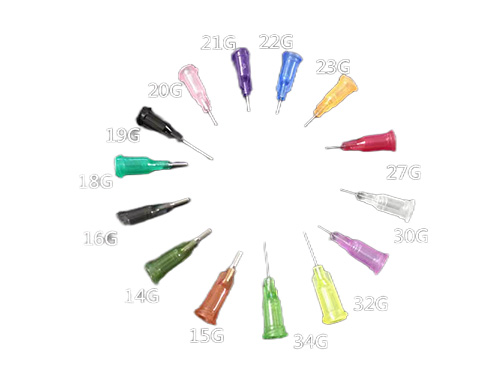Innovative Materials in Seedling Trays: Lightweight, Durable, and Eco-Friendly
2025-01-13 08:43:50
The Evolution of Materials in Seedling Trays
Seedling trays have come a long way from their traditional counterparts made of clay or wood. Modern agriculture demands lightweight, durable, and eco-friendly materials that enhance efficiency and sustainability. Manufacturers are now integrating innovative materials into seedling trays to meet these requirements, revolutionizing their role in farming practices.
Key Features of Innovative Materials in Seedling Trays
1. Lightweight Design for Portability
Farmers and urban growers need seedling trays that are easy to handle and transport. Modern materials such as polypropylene and high-density polyethylene (HDPE) offer lightweight solutions without compromising durability. These materials make it easy to move trays, whether on large-scale farms or compact urban gardens.
2. Durability for Long-Term Use
Traditional trays often lacked longevity, breaking down after limited use. Innovative materials like reinforced plastics and composites resist wear and tear, allowing for repeated use across multiple planting cycles. Their robust nature reduces the need for frequent replacements, lowering costs over time.
3. Eco-Friendly and Sustainable Options
As sustainability becomes a top priority in agriculture, manufacturers are developing seedling trays from biodegradable materials, recycled plastics, and natural fibers. These eco-friendly options help reduce waste and environmental impact, aligning with global sustainability goals.
Types of Innovative Materials Used in Seedling Trays
1. Biodegradable Plastics
Biodegradable plastics made from plant-based polymers decompose naturally over time, leaving no harmful residues. These trays are ideal for single-use applications, such as large-scale planting projects where trays are left to degrade in the field.
2. Coconut Coir and Natural Fibers
Trays made from coconut coir or other natural fibers provide an organic alternative to traditional materials. These trays not only support seedling growth but also enrich the soil when they break down, acting as natural compost.
3. Recycled Plastics
Utilizing recycled plastics for seedling trays minimizes environmental waste and gives new life to discarded materials. These trays are sturdy, cost-effective, and contribute to a circular economy.
Benefits of Using Eco-Friendly Materials in Seedling Trays
1. Reduction in Plastic Waste
Traditional plastic trays often end up in landfills, contributing to environmental pollution. Eco-friendly materials offer a sustainable alternative, reducing the agricultural sector's carbon footprint.
2. Soil and Plant Health
Biodegradable and organic trays break down into the soil, releasing beneficial nutrients and improving soil quality. This supports healthier plant growth and aligns with organic farming practices.
3. Consumer Appeal
As consumers become more conscious of environmental issues, eco-friendly farming practices are a significant selling point. Farmers using sustainable seedling trays can market their produce as environmentally responsible, attracting eco-conscious buyers.
Future Trends in Seedling Tray Materials
1. Nanotechnology in Material Design
Nanotechnology is being explored to enhance the properties of seedling tray materials, making them even more durable, lightweight, and resistant to microbial growth.
2. Smart Materials for Precision Farming
Future seedling trays may incorporate smart materials that monitor and adjust to environmental conditions, further enhancing their functionality in precision farming systems.
3. Wider Adoption of Compostable Materials
As technology advances and costs decrease, compostable seedling trays made from agricultural waste or other natural resources are expected to become mainstream.
Conclusion: Materials Driving the Future of Seedling Trays
The integration of innovative materials into seedling trays is transforming the agricultural landscape. Lightweight, durable, and eco-friendly options provide practical solutions for farmers and urban growers alike, balancing efficiency with sustainability.
As the industry continues to innovate, these advanced materials will play a crucial role in making agriculture more sustainable, productive, and aligned with environmental goals. Investing in high-quality, eco-friendly seedling trays is not just a choice for better farming—it’s a step toward a greener future.

It adopts electrical integration and can be started by pressing the fully automatic button ...

The XP750 seeder has stable performance, excellent product quality, simple and convenient o...

It adopts electrical integration and can be started by pressing the fully automatic button ...

Needle list Seed nozzle model Different models Sowing types are different...



